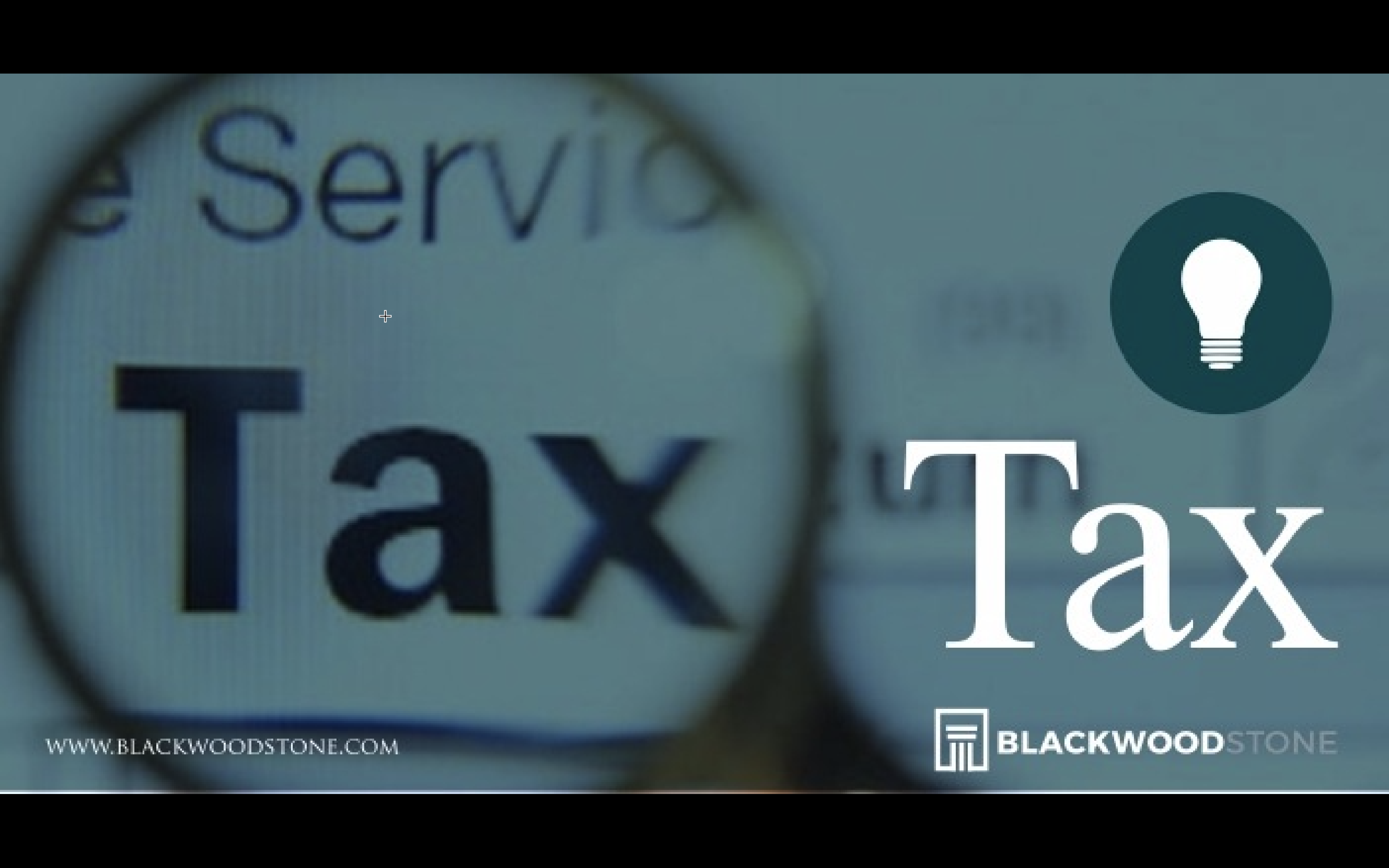Introduction
It is trite that individuals are liable to tax on their income/profits from employment, trade, business or investments. This tax is required to be remitted to the relevant tax authority in the state in which such individual is resident, subject however to certain exceptions.[1]
Furthermore, owners of business entities such as Sole Proprietorships (whether registered or not) and Partnerships are considered to be the same as their businesses, and are therefore liable to Personal Income Tax on their gains/profits, which is to be remitted to the state where the proprietor/partners are resident.
In the same vein, Employers of labour are considered as agents of the state government for the purpose of tax collection, they are thus required by the Personal Income Tax Act to deduct the relevant taxes from their employees and remit same to the government under the Pay-As-You-Earn (P.A.Y.E) Scheme.[2]
Personal Income Tax in Nigeria is a progressive form of tax calculated on a graduating basis (the more you earn, the more you pay) according to a tax table.[3]To compute the tax liability of a tax payer, the first step is to determine the taxable income. The next step is to deduct the applicable relief allowances. The third step is to subtract any tax-exempt deductions[4], and finally, to apply the tax table to the remainder.
Provisions for relief allowances are available in the tax laws to factor in costs incurred by a tax payer to cater for himself, unmarried children, spouses, dependants, disabilities amongst others. It therefore follows that relief allowances are very important and must be considered when computing the tax payable under Personal Income Tax, absence of which will lead to a higher tax burden on the tax payer.
Consolidated Relief Allowance
Prior to its 2011 amendment, the Personal Income Tax Act provided for the following reliefs available to a tax payer:
- Personal relief – N5,000 plus 20% of the earned income
- Relief for alimony – N300
- Relief for unmarried children – N2,500 each for a maximum of four children
- Relief for dependants – N2,000 each for a maximum of two dependants
- Relief for a disabled taxpayer – N3,000 or 20% of the earned income, whichever is higher[5]
The Personal Relief applied to and can be claimed by all tax payers, while the other reliefs had to be qualified for depending on the circumstances of the tax payer. However upon the coming into force of the Personal Income Tax (Amendment) Act, 2011, all reliefs have been merged into what is now called the Consolidated Relief Allowance.[6]
The Consolidated Relief Allowance (CRA) is a relief granted to a tax payer to reduce the tax burden on the tax payer. The CRA available to a tax payer under the Personal Income Tax Act, consists of the sum of N200,000 or 1% of the gross income whichever is higher, plus 20% of the gross income. The sum of the CRA is deducted from the gross income or profit of the tax payer to arrive at the taxable income.
It is pertinent to bear in mind that, the provision for CRA does not apply to a tax payer who after subtracting all allowable deductions, has no chargeable income or whose tax liability is less than 1% of his gross income, the minimum tax provision will apply in such instance.[7]
Practical application
To fully understand how to arrive at the tax payable by an individual under the Personal Income Tax Act, and how the CRA works to reduce the overall tax burden of a tax payer, it may be pertinent to consider a hypothetical scenario where Mr Olympus is the proprietor of Olympus Business Enterprises. His gross profit for the year 2017 was 12,500,000. In the course of the year, the business incurred certain expenses.
To compute the tax payable by Mr. Olympus, amounts spent, disallowed expenses such as Regulatory fines, Entertainment, and Public Relations in this case will be added to the gross profit to arrive at the adjusted profit. Tax exemptions such as National Fund Contribution and National Health Insurance Scheme Contribution will be deducted from the adjusted profit, so also Consolidated Relief allowance of N200,000 or 1%(whichever is higher) plus 20% of the adjusted profit to arrive at his taxable income.
The taxable income of N11,400,000 will be subjected to the tax table to arrive at a tax liabilityof N3,161,600.
Conclusion
Taxation of personal income is an avenue of revenue generation for the state. However, the burden placed by taxes can be too cumbersome for individuals and businesses to bear. The Consolidated Relief Allowance is a single allowance that reduces the taxable income of individuals by N200,000.00 or 1% of the gross income, whichever is higher.
The above information is for educational purposes only and does not constitute professional advice by Blackwood & Stone LP. Readers are advised to consult the services of a tax consultant in ensuring that tax liabilities under Personal Income Tax are accurately computed.
[1]Personal Income Tax Act, LFN 2004; Personal Income Tax (Amendment) Act 2011
[2]Regulation 1 of the Operation of the Pay As You Earn (PAYE) Scheme Regulations
[3]Sixth Schedule to the Personal Income Tax (Amendment) Act, 2011
[4]The following deductions are tax exempt: National Fund Contribution, National Health Insurance Scheme, Life Assurance Premium, National Pension Scheme, Gratuities
[5]Section 33 of the Personal Income Tax Act, LFN 2004
[6]Section 33 of the Personal Income Tax (Amendment) Act 2011
[7]The minimum tax payable under Personal Income Tax is 1% of the total income. Section 37 of the Personal Income Tax (Amendment) Act 2011

